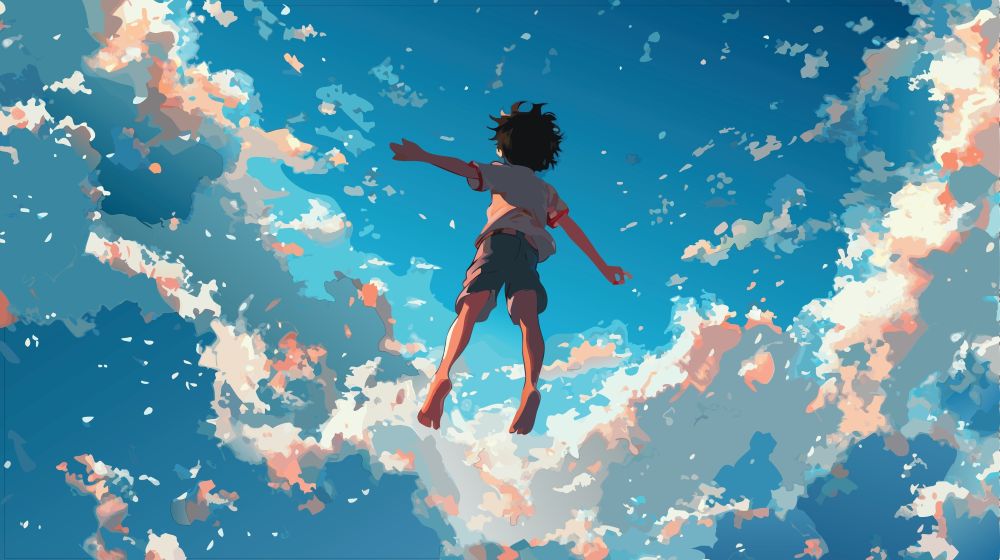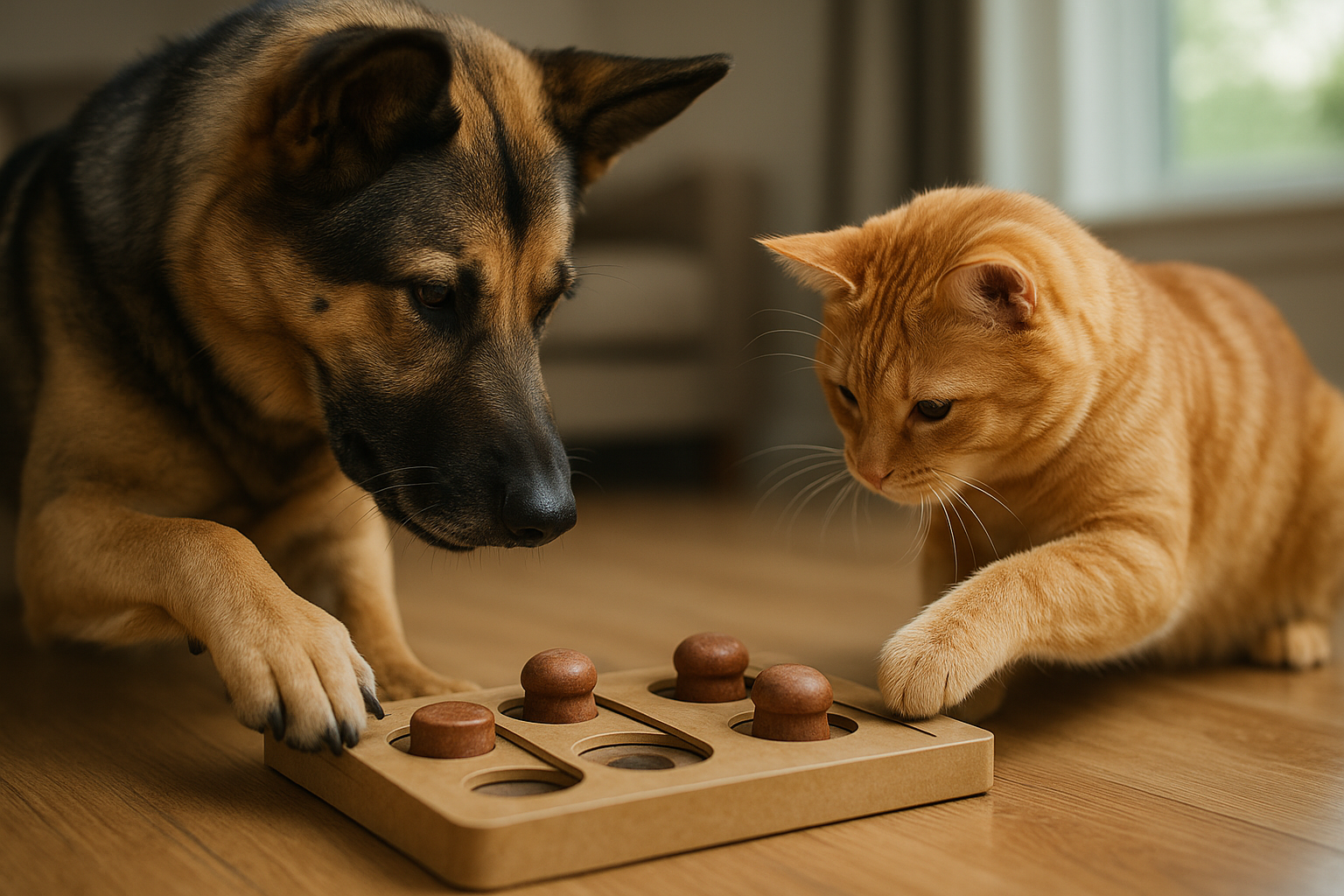Rekindling the Flame: The Resurgence of Traditional Animation
As the digital age advances, traditional animation, once considered a fading art form, is experiencing a revival. Today, the industry is witnessing a resurgence of this classic technique, sparking a renewed appreciation for the craft's intricacy and warmth. This article delves into the historical journey of traditional animation, its recent resurgence and the impact on today's entertainment landscape.

A Journey Back in Time: The Origins and Evolution of Traditional Animation
Traditional animation, also known as cel animation, has a rich history dating back to the late 19th century. It was the primary form of animation in the cinematic medium until the advent of digital animation towards the end of the 20th century. Pioneers like Winsor McCay and Walt Disney paved the way, with iconic creations like ‘Gertie the Dinosaur’ and ‘Snow White and the Seven Dwarfs’ respectively. The painstaking process involved hand-drawing each frame, a feat that demanded immense skill and patience.
The Digital Takeover: A Shift in Trends
Around the late 90s, computer-generated imagery (CGI) began to dominate the animation industry. Blockbuster films like ‘Toy Story’ and ‘Shrek’ showcased the limitless possibilities of digital animation, leading to a decline in traditional methods. The convenience and lower production costs of CGI further contributed to this shift, with many fearing the end of traditional animation.
The Phoenix Rises: The Resurgence of Traditional Animation
However, traditional animation is making a comeback. In recent years, studios like Cartoon Saloon and Studio Ghibli have produced critically acclaimed films using traditional techniques. These films, including ‘Song of the Sea’ and ‘The Tale of Princess Kaguya’, have garnered recognition worldwide, demonstrating the enduring appeal of hand-drawn animation. This revival is not merely a nostalgic wave but a testament to traditional animation’s distinct charm and emotive power.
Impact and Reception: An Industry Transformed
The resurgence of traditional animation is having a profound impact on the industry. It is encouraging diversity in visual storytelling, offering a refreshing alternative to the ubiquity of CGI. Audiences and critics alike are responding positively, appreciating the craft’s tangible warmth, unique aesthetics, and the skill involved. This revival is also inspiring a new generation of animators who are keen to adopt and innovate with these techniques.
Looking Forward: The Future of Traditional Animation
The future of traditional animation appears bright. The industry is increasingly recognizing the value of these techniques in enriching visual narratives. As technology advances, the integration of traditional and digital methods is likely to become more prevalent, offering exciting prospects for the art form. Ultimately, the resurgence of traditional animation underscores the timeless appeal of this craft, reminding us that sometimes, the old ways can indeed be the best ways.
In conclusion, the resurgence of traditional animation is a fascinating shift in the entertainment industry. It serves as a reminder of the enduring allure of this art form, its ability to connect with audiences on a profound level, and its potential to continue shaping the future of animation. As the industry evolves, this classic technique remains a vital part of our cinematic heritage, continually reinventing itself to captivate new generations.




